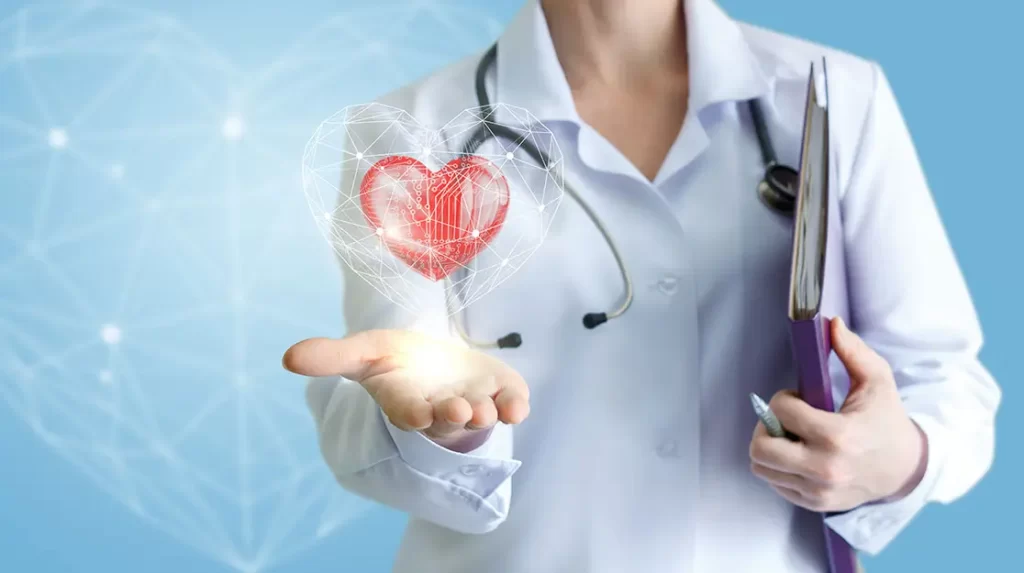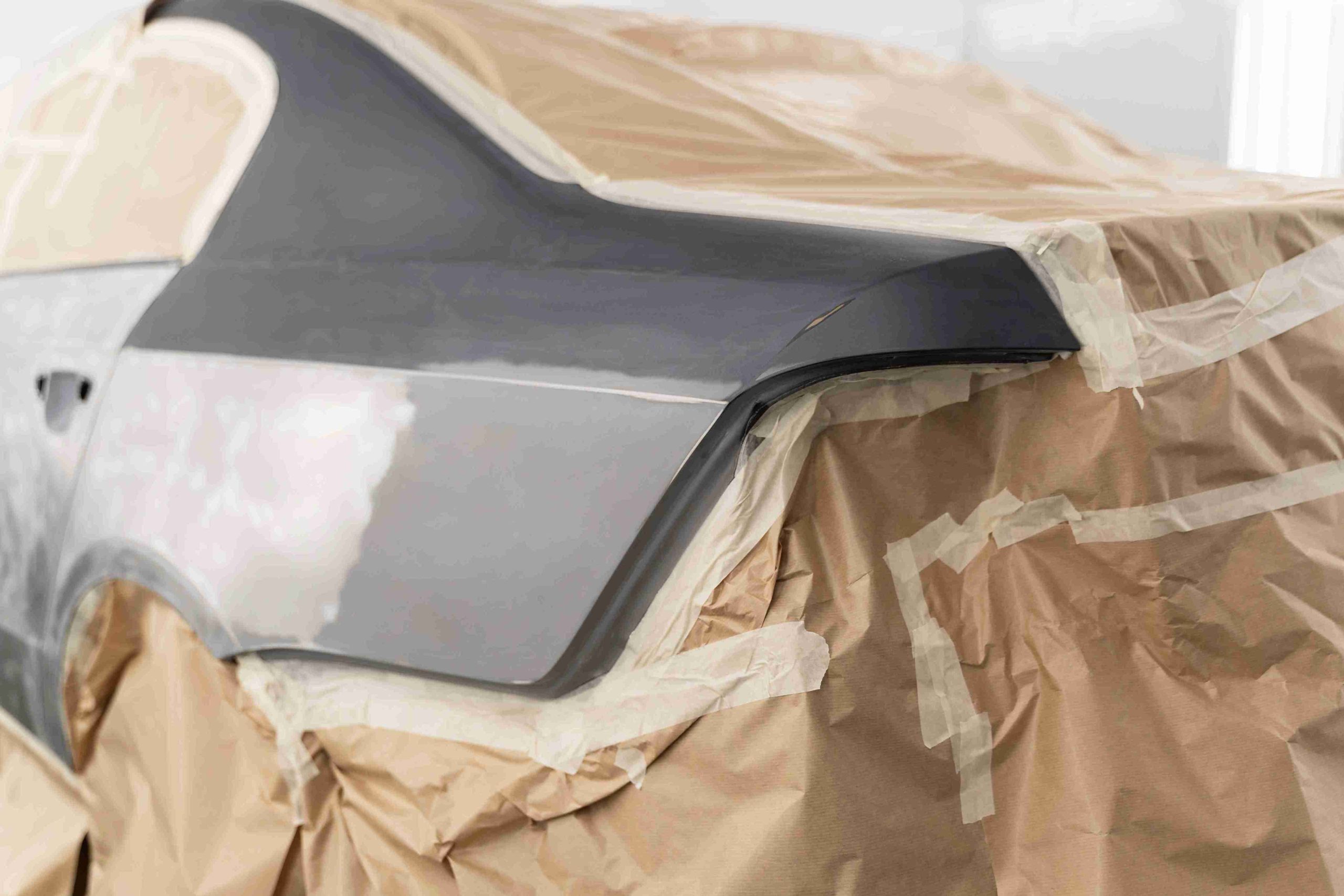The field of cardiac care has seen remarkable advancements in recent years. These advancements are driven by cutting-edge technologies and innovations. They aim to improve the diagnosis, treatment, and management of heart disease. As heart disease remains a leading cause of death worldwide, the need for effective solutions has never been more urgent. This article explores the most innovative cardiac care technologies. The cardiac care technology is reshaping healthcare and offering patients better chances at healthier lives.
Advanced Imaging and Diagnostic Tools of Cardiac Care
One of the most significant breakthroughs in cardiac care is the advancement of imaging and diagnostic tools. Early detection of heart conditions is crucial for preventing severe outcomes. Modern imaging technologies make this process more accurate and efficient than ever.

- Cardiac MRI: Magnetic resonance imaging (MRI) has evolved to become a powerful tool in assessing heart function. Cardiac MRI allows for detailed, non-invasive imaging of the heart’s structure and blood flow, helping physicians detect conditions such as heart failure, congenital defects, and coronary artery disease with greater precision.
- 3D Echocardiography: Another leap forward in cardiac diagnostics is 3D echocardiography. Unlike traditional 2D echocardiograms, this technology provides a three-dimensional view of the heart, enabling doctors to evaluate heart valve function, assess cardiac chambers, and measure blood flow in more detail.
- AI-Powered Diagnostics: Artificial intelligence (AI) is making waves in healthcare by improving diagnostic accuracy. AI algorithms can analyze vast amounts of medical data, including imaging, ECG readings, and patient history, to identify early signs of heart disease that may be missed by the human eye. AI-powered diagnostic tools are already being used to detect arrhythmias, heart attacks, and other conditions more effectively.
Wearable Cardiac Devices
Wearable technology has revolutionized many aspects of healthcare, and cardiac care is no exception. Devices that monitor heart health continuously provide valuable data. This data can lead to early intervention, better chronic condition management, and improved outcomes.
- Smartwatches with ECG Monitoring: Smartwatches such as the Apple Watch now come with built-in ECG (electrocardiogram) functionality. These devices allow users to monitor their heart rate and rhythm on a daily basis, and they can detect irregularities like atrial fibrillation, which may otherwise go unnoticed. This early detection can prompt patients to seek medical attention before a more severe event occurs.
- Continuous Cardiac Monitoring: For patients with more complex heart conditions, continuous monitoring through devices such as Holter monitors or implantable loop recorders (ILRs) can track heart activity over extended periods. These devices help doctors gain insights into the heart’s behavior during day-to-day activities, improving diagnosis and treatment plans.
- Remote Monitoring and Telemedicine: Telemedicine platforms allow for remote monitoring of patients with heart disease, reducing the need for frequent hospital visits. Patients can use mobile apps and devices to transmit vital signs like heart rate, blood pressure, and oxygen levels to their healthcare providers, who can then make adjustments to treatment plans in real time.

Robotic Surgery and Minimally Invasive Procedures
Robotic surgery and minimally invasive techniques have revolutionized cardiac surgery. They offer faster recovery times, reduced risk of infection, and less scarring than traditional open-heart surgery.
- Robotic-Assisted Surgery: Robotic systems such as the da Vinci Surgical System allow surgeons to perform precise, minimally invasive heart surgeries. These systems provide enhanced visualization, precision, and control during complex procedures like coronary artery bypass grafting (CABG) and heart valve repair. The use of robotics has significantly reduced recovery times and improved surgical outcomes.
- Transcatheter Procedures: Transcatheter technologies have enabled surgeons to perform cardiac interventions through small incisions, reducing the need for traditional open-heart surgery. Procedures like transcatheter aortic valve replacement (TAVR) and transcatheter mitral valve repair (TMVR) are performed through catheter-based techniques, which are less invasive and allow for quicker recovery.
- Percutaneous Coronary Interventions (PCI): PCI, commonly known as angioplasty, involves the use of a catheter to open blocked arteries in the heart. Innovations in PCI, such as drug-eluting stents and bioresorbable scaffolds, have improved long-term outcomes for patients with coronary artery disease by preventing restenosis (re-narrowing of the artery) and reducing the risk of complications.
Gene and Stem Cell Therapies
In cardiac care, gene therapy and stem cell treatments are emerging. They offer potential solutions for heart disease. These therapies aim to repair or regenerate damaged heart tissue. They bring hope to patients with severe heart conditions, who previously had limited treatment options.
- Gene Therapy: Researchers are exploring the use of gene therapy to treat genetic forms of heart disease, such as familial hypercholesterolemia (FH) and inherited arrhythmias. By introducing corrective genes into the patient’s cells, gene therapy aims to fix underlying genetic defects that contribute to the development of heart disease. While still in its early stages, this approach holds immense promise for the future.
- Stem Cell Therapy: Stem cell therapy has the potential to repair damaged heart muscle after a heart attack. By using stem cells to regenerate damaged tissue, doctors hope to improve heart function and reduce the risk of heart failure. Ongoing research is focused on optimizing stem cell treatments and ensuring their safety and efficacy.

Artificial Intelligence and Data Analytics in Cardiac Care Technology
AI is also transforming how data is used in cardiac care technology. Machine learning algorithms and data analytics tools analyze large sets of patient data. This includes genetic information, lifestyle factors, and clinical history. They identify patients at risk for heart disease and recommend personalized treatment plans.
- Predictive Analytics: By combining various data points, AI can predict a patient’s risk of heart disease, such as predicting the likelihood of a heart attack or stroke. These predictive models help doctors make early interventions and prioritize high-risk patients for more aggressive treatments.
- Personalized Medicine: The integration of AI with genomic data is paving the way for personalized medicine in cardiac care. By analyzing an individual’s genetic makeup, AI can help doctors choose the most effective treatment strategies and medications, minimizing the trial-and-error approach that has traditionally been part of heart disease treatment.
Conclusion
The innovative technologies that are transforming cardiac care offer new hope for better health outcomes. Advanced imaging and diagnostic tools, wearable devices, 3D printing, robotic surgeries, and emerging therapies like gene and stem cell treatments are transforming cardiac care. These innovations improve diagnosis accuracy and treatment effectiveness. They also enhance patient experience by enabling personalized and less invasive care. These technologies will evolve over time. They will reduce the global burden of heart disease. They will also improve the lives of millions of patients. The future of cardiac care is here, and it promises a healthier tomorrow.




